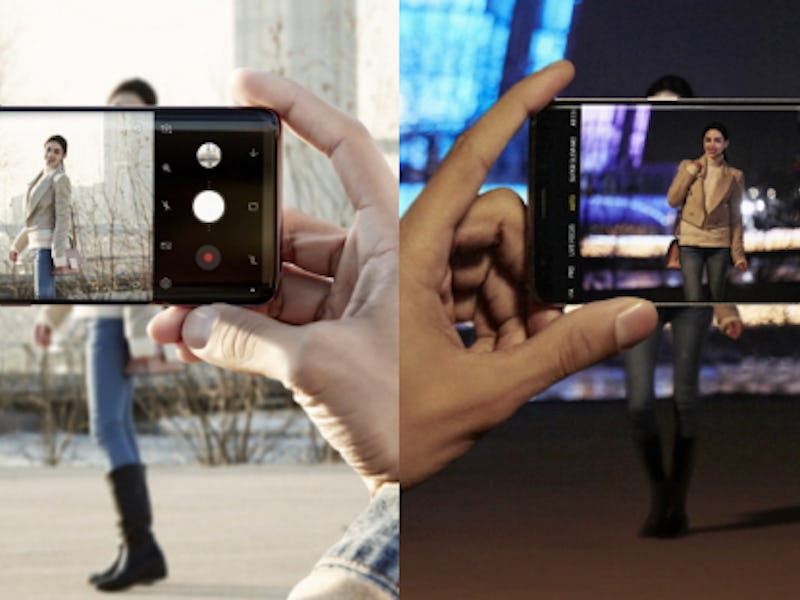Samsung Galaxy S9's Mechanical Aperture is Refreshingly Old-School
The new Samsung S9 has a sick camera, and its mechanical aperture is part of the reason why.

One of the best parts of the Mobile World Congress, the mobile tech sector’s annual industry trade show, are the product launches, dominated by Samsung. And this year, with the launch of the Samsung Galaxy S9 and S9+, the South Korean company follows in its own tradition.
The S9 is positioned as a direct competitor to the iPhoneX, with a slew of new features (and an old one that it hasn’t dumped) like its super-fast Qualcomm Snapdragon 845 chipset (in U.S. models) promising 25 percent faster processing speeds; Android 8 Oreo operating system; a fingerprint sensor that’s been moved to the phone’s back; increased augmented reality functions, including emojis; and an improvement on Bixby, its AI system.
But the real star of the phone is its high-quality camera — and even its tagline reflects this: “The Camera. Reimagined.”
While it has the same 13-megapixel dual-pixel sensor as previous versions, what sets the S9 apart is its dual-aperture camera. Like a real camera, it has really tiny blades that open and close to let in the right amount of light. (Samsung goes a step further than this analogy, saying that the aperture is “just like the human eye.”)
The S9 aperture at work.
On the S9 the aperture is limited to just two positions, f/1.5, which is great for low light, and f/2.4, which allows wider depth of field in either normal or bright light. For those of us that are not manual photo shooters, the f- refer to the size of a camera lens’ hole that allows light through to the sensor, with a smaller f-number resulting in a wider hole, which allows more light in to the sensor and, therefore, better pictures in low-light.
The S9+, meanwhile, also has a 12MP telephoto lens. Both models also feature 12MP main sensors, optical image stabilization, as well as slow motion video.
In other ways, the S9 is not that big of an upgrade over the S8 — though, to be fair, the S8 was a pretty awesome phone. It has the same 4GB RAM, 3,000mAh battery, USB-C port, headphone jack, and 5.8-inch display. But the things that are different, like that camera, are pretty awesome.
And since photography has long since come to be a major part of the cell phone experience, the Samsung Galaxy S9’s focus on the phone may really pay off.
The Samsung S9 and S9+ will be available for pre-order March 2, and available for purchase March 16, and the phones will sell for $720 and $840 respectively.